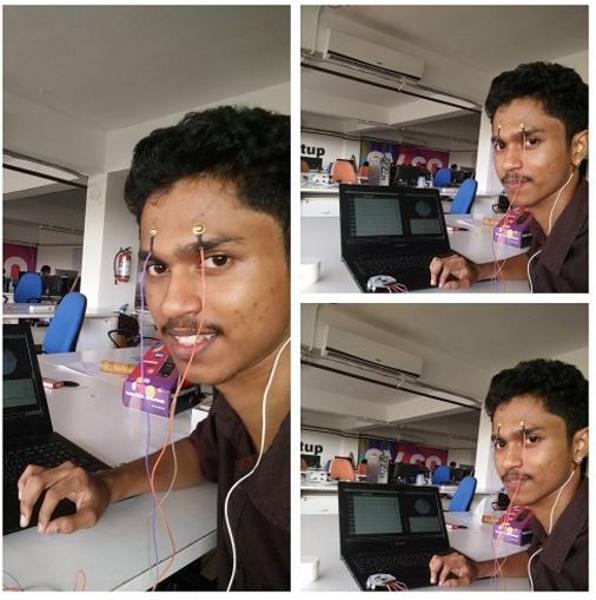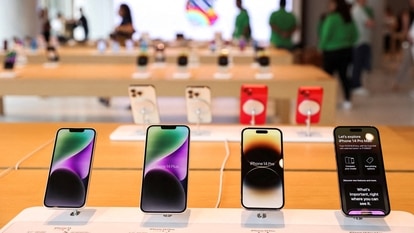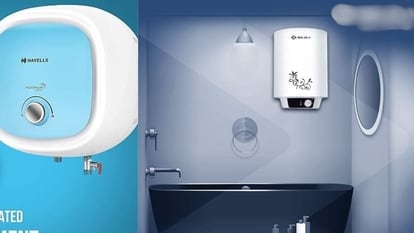Engineering students create earphones that detects pain, sends SOS
According to a report in Economic Times, the students -- Nitin Vasanth, Fausya Amalh, Athul B Raj and George Mathew -- have come out with a working prototype earphone-shaped electroencephalogram, commonly known as ECG, device.

A group of four engineering students may have found the answer to women's security problem in the country after one of their friends faced sexual harassment.
When the woman was being harassed, she couldn't even take out her phone and call for help and this incident prompted the four students to come out with a solution for women safety.
According to a report in Economic Times , the students -- Nitin Vasanth, Fausya Amalh, Athul B Raj and George Mathew -- have come out with a working prototype earphone-shaped electroencephalogram, commonly known as ECG, device.
Called Neurobuds, the device is a wearable device that interacts as a connector between a user's brain and a smartphone. The report claims that the device can automatically detect panic in the user by analysing brain wave data patterns to trigger an SOS, removing the need to physically make calls or press buttons.
"The device uses four electrodes that go inside both ears. It samples data and feeds it to the smartphone that runs an app we've developed. The app then processes the data with algorithms we wrote," ET quoted Mathew as saying after the project won the 'innovation to empower women' award at the fifth season of Accenture Innovation Jockeys.
"Once a panic signal is detected, there's a 10-second gap to dismiss it. Then, it sends out alerts," Raj, one of the founders, told ET adding that the device is activated to send alerts to servers because attackers in most cases snatches the phone away.
The report also said that the prototype has been changed four times in one year. "The biggest challenge was to simulate panic. You can do it partially with virtual reality headsets or by getting people to jump. Still, it's not real panic. We tested the device on a lot of people to drastically bring down the false positives," Mathew explained.
He also said that the device could detect sleep and can be used for sleep detection for cab drivers and general monitoring of mental state.
Catch all the Latest Tech News, Mobile News, Laptop News, Gaming news, Wearables News , How To News, also keep up with us on Whatsapp channel,Twitter, Facebook, Google News, and Instagram. For our latest videos, subscribe to our YouTube channel.


























